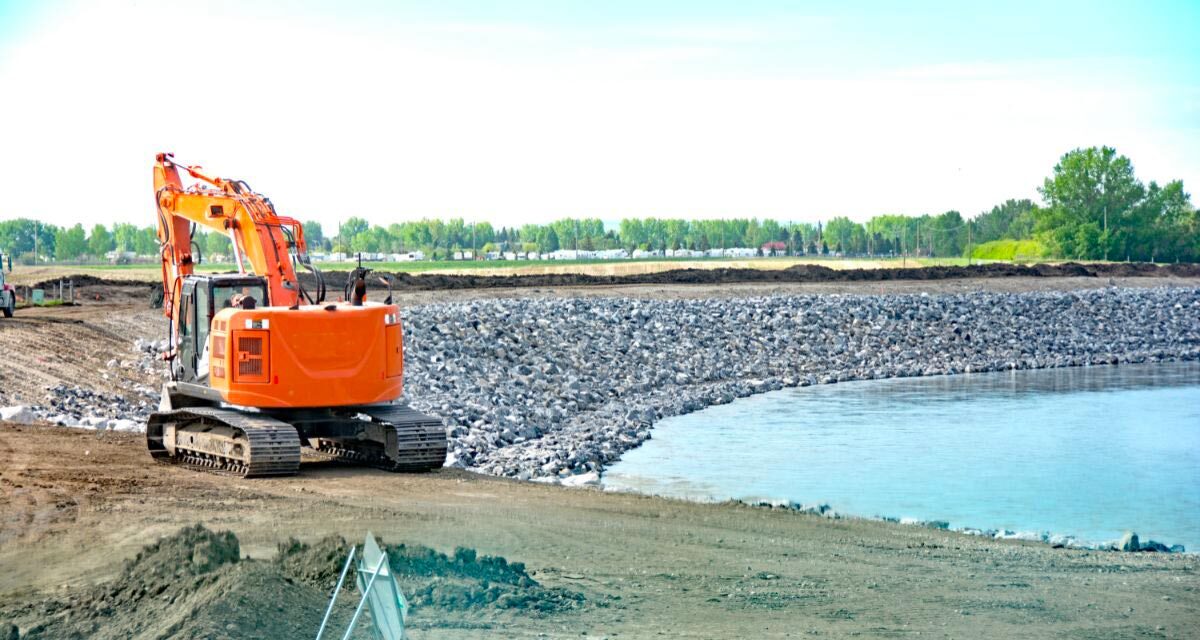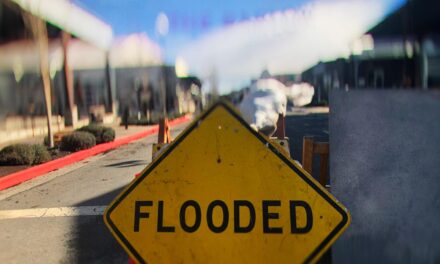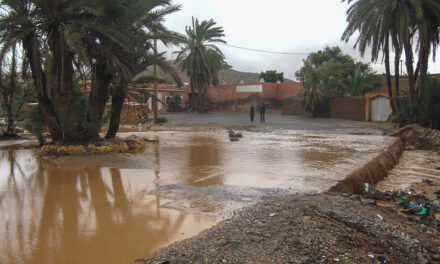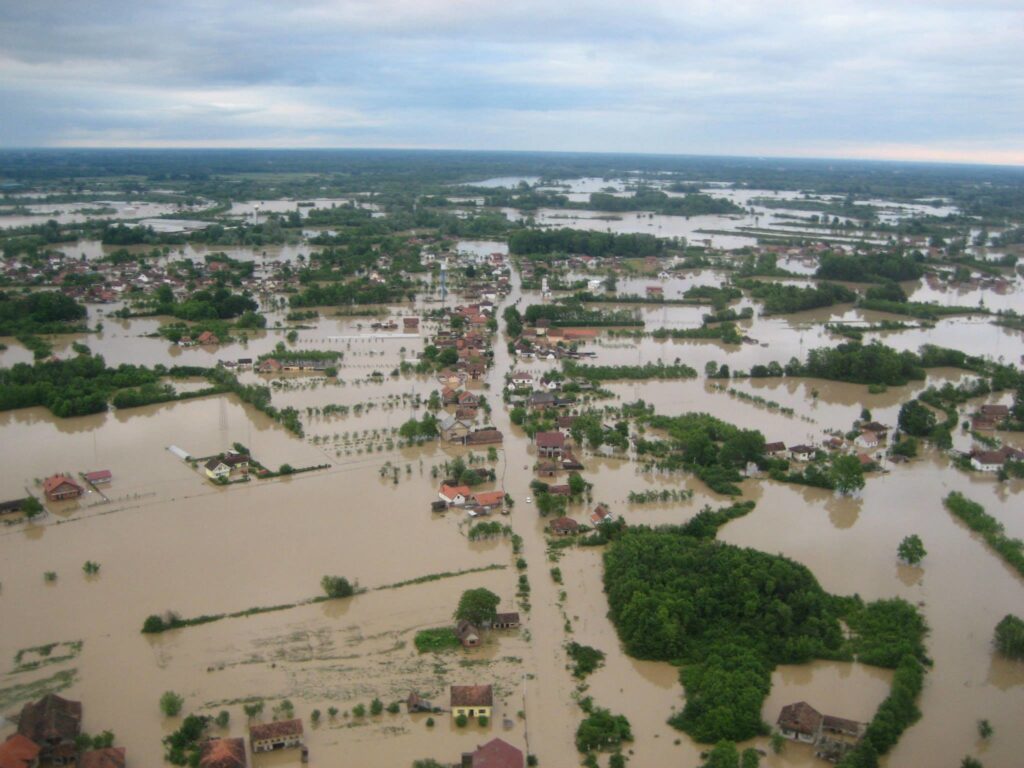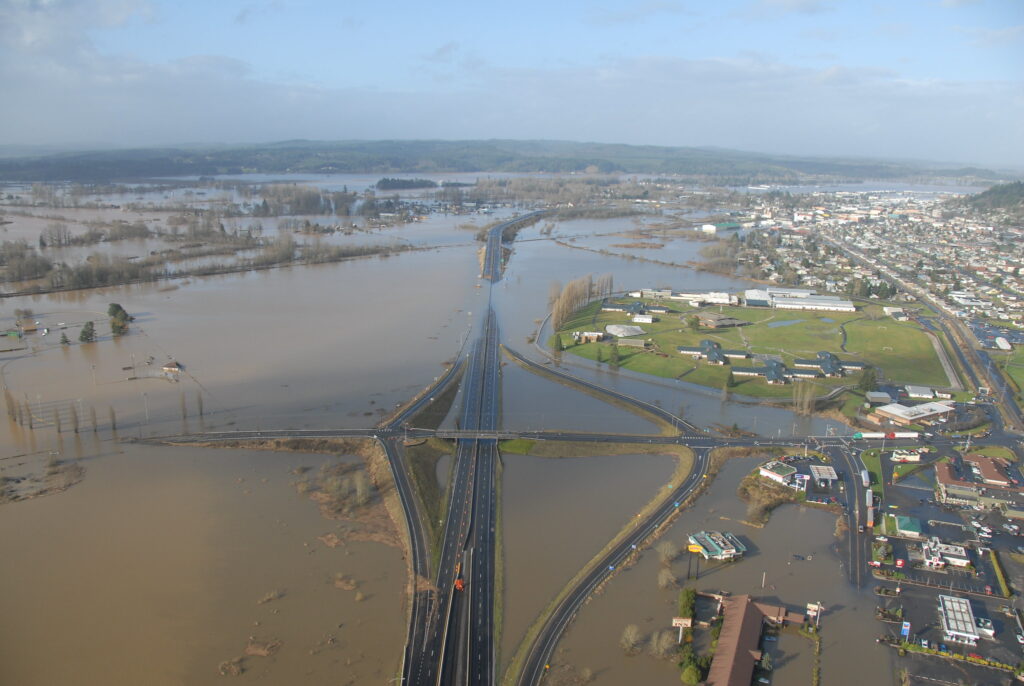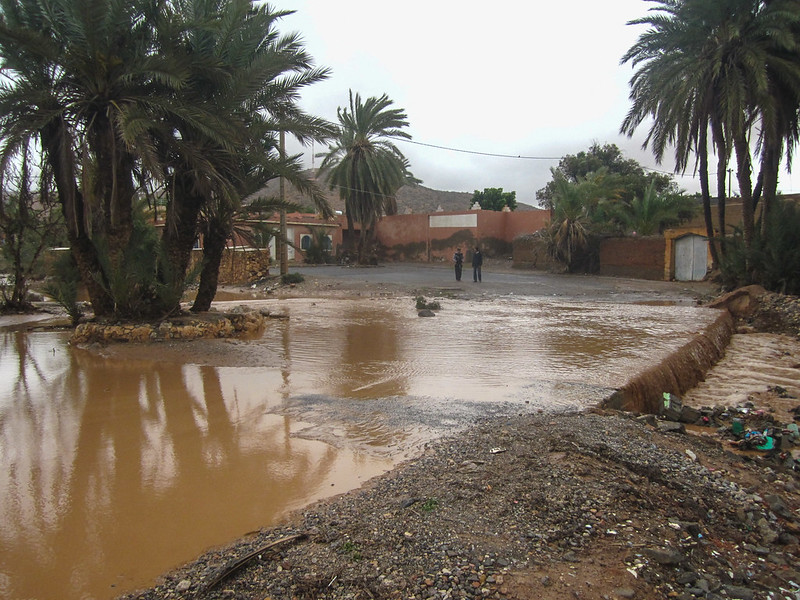Flooding can cause significant damage to property and the environment. Effective management of post-flood repairs is essential not only to restore damaged areas but also to minimise the environmental impact. In this article, we’ll look at best practice for post-flood repairs and how to reduce the negative impact on our environment.
Assessing Damage and Prioritising Repairs
Before starting repairs, it is crucial to carry out a full damage assessment. This includes inspection of structures, electrical and plumbing installations, as well as heating and air conditioning systems. An accurate assessment makes it possible to prioritise the most urgent repairs and plan the necessary interventions.
Structural and Facilities Inspection
Building structures, such as foundations, walls and roofs, must be carefully inspected. Flood damage can weaken the structure and require major repairs. In addition, electrical and plumbing installations must be checked to avoid any risk of short circuits or leaks.
Prioritisation of Urgent Repairs
Urgent repairs, such as fixing roof leaks and electrical installations, should be carried out first. This prevents further damage and ensures the safety of occupants.
Repair and Restoration: best practice
Once assessments have been carried out and priorities established, it’s time to move on to the repair and restoration phase. Here are a few tips on how to manage this stage effectively while limiting the environmental impact.
Use of Sustainable Materials
When restoring, give preference to sustainable and environmentally-friendly materials. Materials such as recycled wood, non-toxic paints and eco-friendly insulation are choices that reduce environmental impact while offering robust repair solutions.
Construction Waste Management
Construction waste management is a crucial aspect of post-flood repairs. Ensure that waste is segregated and recycled where possible. Recoverable materials should be separated from non-recyclable waste to reduce the amount of waste sent to landfill.
Minimising Environmental Impact
Reducing the environmental impact of post-flood repairs requires a considered approach and sustainable practices. Here are some strategies to achieve this goal:
Preserving Local Ecosystems
When restoring flooded areas, it is important to preserve local ecosystems. Avoid disturbing natural habitats and areas of vegetation. Replanting local vegetation can help stabilise the soil and restore the ecosystem.
Use Ecological Restoration Techniques
Adopt ecological restoration techniques, such as reconstruction methods that promote stormwater management. Natural filtration systems and rain gardens can help manage water sustainably and reduce the risk of future flooding.
Conclusion
Post-flood repairs are a crucial step in returning to normal after a disaster. By following best practice for repair and restoration, while minimising environmental impact, you can not only effectively restore your space but also help preserve our planet. Adopt sustainable methods and think long-term to ensure a successful and environmentally friendly restoration.

